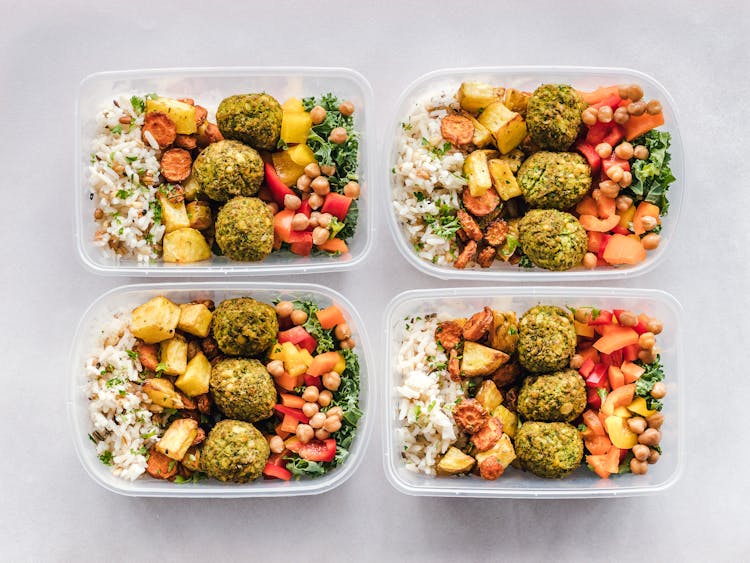Table of Contents
🌟 Summary:
- 📅 Plan meals in advance for a balanced diet
- 📵 Create distraction-free spaces for mindful eating
- 👂 Listen to your body's hunger and fullness cues
- 💖 Practice self-compassion during meals
Overcoming barriers to mindful eating involves several key strategies that help individuals create balanced, nutritious meal plans and promote mindful eating habits. Here are the essential tips:
1. Managing Busy Schedules
Busy schedules often lead to rushed meals, which can negatively impact digestion and overall satisfaction. To incorporate mindful eating into a busy lifestyle, consider planning and preparing meals in advance. Choose nutrient-dense, easy-to-prepare foods that require minimal cooking time, such as quinoa salad bowls, overnight oats, or vegetable stir-fries with brown rice. Not only do these meals save time, but they also support your nutritional goals.
2. Avoiding Distractions
Distracted eating is a common obstacle to mindful eating. Establish a specific area for meals, free from electronic devices and work materials. Make a conscious decision to have meals without the interference of technology, turning off the TV and putting away your phone. Eating mindfully requires focus; removing these distractions can significantly enhance your experience. The practice of mindful eating encourages awareness during every meal.
3. Listening to Hunger and Fullness Cues
Lack of awareness can lead to mindless eating. Practice recognizing and responding to your body’s hunger and fullness signals. Take 30 seconds to a minute to look at your plate and notice what is there. Reflect on why you are grateful for the food before starting to eat. Pay close attention to the textures, flavors, and aromas of your food, as well as the sounds of chewing and the visual appeal of your meal. Embracing this awareness can transform meal times into a nourishing experience. For additional insights, check out this resource on mindful eating.
4. Practicing Self-Compassion
Social settings and cultural norms can significantly influence eating habits, often leading to choices that might not align with personal health goals. It’s important to practice self-compassion and remind yourself that it’s okay to enjoy social occasions without feeling guilty about occasional indulgences. Make conscious choices about portion sizes and types of foods you consume, even in social settings. Recognizing that enjoying food is part of the human experience allows for a healthier relationship with what you eat.
5. Creating a Distraction-Free Environment
Set a designated eating space that encourages focus solely on the meal. Keep a food journal to track your eating habits and emotional patterns, helping to remove shame and guilt around the experience. This allows you to be more inquisitive and objective about your behavior. Creating a comforting meal environment can enhance your ability to engage fully with your food, making meals more satisfying.
6. Incorporating Mindful Practices
To increase awareness and combat mindless eating, try these techniques: take three breaks throughout the meal by putting your fork down, allowing yourself to pause and reflect on the eating experience. Focus on the bite you are currently chewing before lifting your next bite with your fork, helping to maintain attention and prevent rushing through your meal. Understanding that meal times are an opportunity to reconnect with food can encourage better eating habits.
Incorporating these strategies into your daily routine can lead to a deeper understanding of your relationship with food, ultimately helping you create balanced, nutritious meal plans that promote mindful eating. For those who want to take mindful eating to the next level, books like Meal Prep for Weight Loss and The Skinnytaste Ultimate Meal Planner can provide great insights and recipes.
By implementing these strategies, readers can cultivate a healthier and more aware relationship with food, leading to long-term benefits for physical and mental wellness.
What is mindful eating and how can it improve my meals?
How can I reduce distractions during meals?

Learn more about subject
Navigation
Latest Posts
Achieving Balanced Nutrition through Intuitive Eating and Meal Planning
Cultivating Strength Amidst Spiritual Doubts
Cold War Tensions: A Catalyst for Decolonization